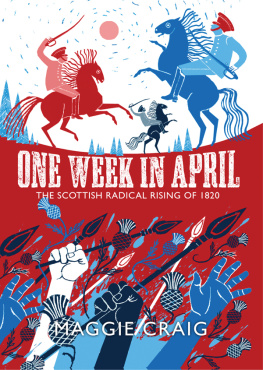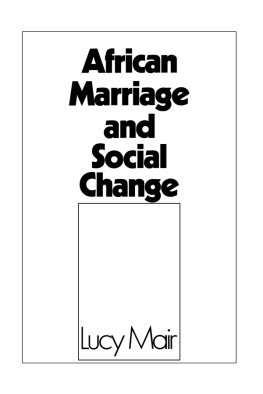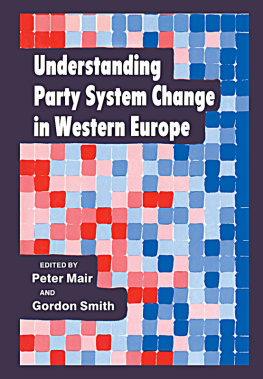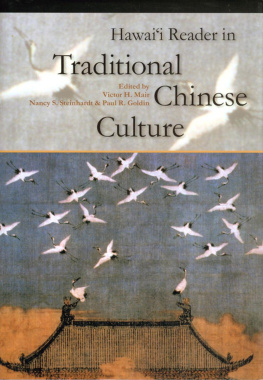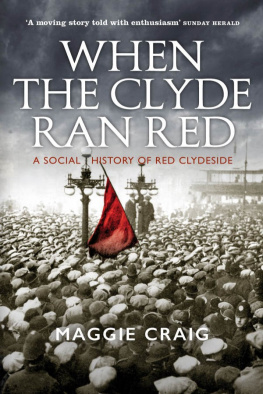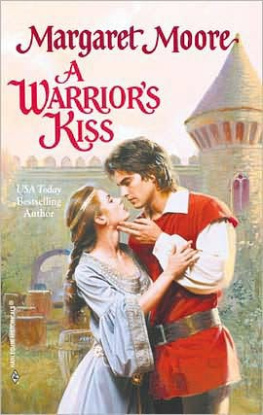AUTHORs NOTE
I n researching this account of the Incorporation of Coopers of Glasgow, I have made considerable use of archive documents held by the Mitchell Library and by the Incorporation itself, many of which do not seem to have been accessed much in the past. The result may be a short history which still has gaps and perhaps even faults, but if, by going back to the original records, I have shed some additional light and colour on the origins from which the present Craft springs, it will at least have been a step in the right direction and I will be satisfied.
At the Mitchell Library I have used printed extracts from the Records of the Burgh of Glasgow, notably those for 1573-1642, 1630-1662, 1663-1690, 1691-1717, 1718-1738, 1739-1759 and 1760-1780. Later records do not seem to include specific references to the coopers. I have also used various editions of Pigots and Slaters Directories of Scotland, in which the business sections for Glasgow have been useful, and the 19th-century Post Office Directories for Glasgow.
The staff of the Glasgow Room have also kindly provided me with copies of useful publications, such as the Victualling Trades Review of 1899 which includes an article about the Glasgow cooper and caskmerchant Hugh G Gibb, and Glasgow of Today, of 1888, which provides short articles on many Glasgow industrial businesses of that time including a short piece on the Clyde Cooperage Co Ltd. The Glasgow Chamber of Commerce Journal for March 1967 contains an article on local company records which have been preserved, and includes details of those still surviving from the Clyde Cooperage Co Ltd.
The actual historical records of the Incorporation of Coopers of Glasgow are mostly held by the Glasgow City Archive in the Mitchell Library. The Coopers have a disappointingly scant collection of records compared to the plentiful supply for most other Glasgow crafts; the Tailors, for example, require 47 pages just to list what they have in the City Archives Index of Merchants and Tradeshouses Records (ref T-TH 10). In the same index, the list for the Coopers takes only 3 pages. Indeed, the only craft with fewer records in the Archive than the Coopers are the Wrights. Nevertheless, there is enough there to offer insight and evidence of the Crafts life and work and I have found these papers extremely useful.
The Crafts records include four volumes of General Minutes of the Incorporations meetings from 1588-1842, some of which were, helpfully, transcribed during the 1880s. These deal largely with the election of deacons, the enrolment of new members, the regulation of apprenticeships, the punishment of members who broke the Crafts rules (there were many of these!), and the protection of the Crafts trade monopoly in Glasgow. Volume Three also includes a register of apprentices from 1648-1666. There is one volume of Minutes of the Master Court, which is dated 1780-1798 on the cover, but which actually goes back to well before 1760. Among other things, it contains reference to payments to the Crafts poor and decisions about payments towards the construction and maintenance of the Trades Hall and the business conduct of the Trades House. There is also an Act Book for 1652-1833. This seems to have been used as a handy quick reference book for the Master Court, since it gives extracts of minutes of special importance for the regulation of the Craft. The Crafts Financial Records are contained in three volumes covering the years 1686-1868 and a Collectors Cash Book for 1844-1871. The records also contain a Nominal Roll for 1717-1910 which gives the dates of entry of members and the quarterly dues paid; the earliest entrant given is Robert Young who joined the craft in March 1666 but, in fact, Volume One of the general minutes lists entrants as far back as 1588. Finally, there is a collection of ten document fragments which appear to be early agreements made between Glasgow coopers and other people such as ships captains.
The Incorporation still holds a fine archive of its own later materials, however. This includes six volumes of Minutes, spanning 1842-1943; a box of what appears to be the complete Minutes and Financial Letters from 1943-1983/4, which includes, among other things, records of the Incorporations attitude to the changing nature of the Trades Hall; a loose-leaf file of Minutes from 1984-1991; and the current book of Minutes, begun in 1996. The minutes from 1991-1996 appear to be missing. The Incorporation also has copies of its Annual Report and Abstract of Accounts from 1878-1930, and again from 1956-1977 (with a few missing). The Incorporations own collection also includes a file of Victorian photographs (mostly of groups of members) and copies of useful articles, books and papers about the Coopers, including The Cooper Craft: a Compilation of the Acts of the Scottish Parliament of the Lords of Treasury and Exchequer, and of the Magistrates of Glasgow from AD 1124 to AD 1707 compiled by William Craig S S C, in 1899. Also included are A Short History of the Worshipful Company of Coopers of London (with whom the Glasgow Coopers maintain close links) by Sir William Foster C I E, in 1961, and The Incorporation of Coopers of Glasgow, an invaluable inventory of the contents of the Box, catalogued by ex Deacon Graham Goodridge-Cox. The latter includes transcripts of vellum parchments, certificates, receipts and memorabilia. In working through the Crafts possessions, I have been greatly helped and encouraged by Alastair Campbell, Clerk, ex Deacon Graham Goodridge-Cox, and ex Deacon Richard Paterson, to whom I am very grateful and extend my thanks.
Not being a cooper myself, I have had to learn what I could of the trade, its traditions, working methods, vocabulary and so on. To this end, I have leaned heavily on Kenneth Kilbys book, The Cooper and his Trade, and on a very interesting visit to the Taylor familys Speyside Cooperage at Craigellachie, which claims to have the only cooperage visitor centre in Britain.
Finally, an apology. In preparing this book I have sometimes taken the liberty of translating the old Scots language used in most of my sources into more modern English. While the spelling and sound of the old Scots tongue are fascinating and well worth preserving, I have quoted it only sparingly. Hopefully this will give a flavour of the past without disrupting the flow of text for the general reader. I have similarly modernised peoples names where appropriate, partly because, in the records, the spelling of the same persons name may often have been altered at different times. I regret the need, but if a smoother text enables more readers to discover and appreciate the heritage of the coopers in Glasgow, then it will have been worthwhile.
Craig Mair BA, FSA (Scot)
CHAPTER ONE
The Origins of the Glasgow Coopers
T here is no doubt that coopering is a very ancient craft. In his history of coopering, Kenneth Kilby suggests that the skill may first have been seen in prehistoric times. Even if this can be discounted due to lack of evidence, it was certainly an important part of life in ancient Egypt, where wall pictures still show wooden containers, used for measuring grain, held together with hoops. By 800 BC, palm-wood casks were being made and used in Babylon, and barrels for holding both water and meal are also mentioned in the Bibles Book of Kings. By 200 BC, hooped casks were being made in north Holland, possibly to line the insides of wells, and numerous examples typically 6 or 7 feet long and 2 or 3 feet wide still survive in local museums. By the 1st century BC, says Kilby, barrels were being used for wines, beer, milk, butter and water, and buckets and tubs must have been commonplace. This widespread use included England for example, staved and hooped tubs dating from the early 1st century AD, just before the Roman occupation of England, have been found during archaeological excavations near Glastonbury. Elsewhere in southern England, funerary urns made from staved and hooped buckets, dating from the Iron Age, have also been unearthed.





